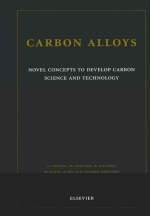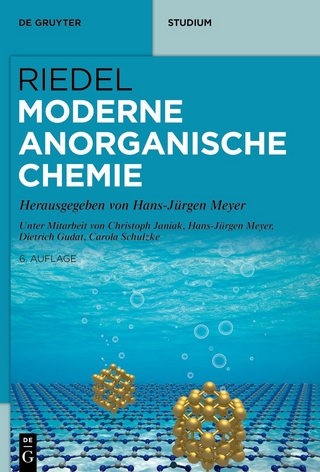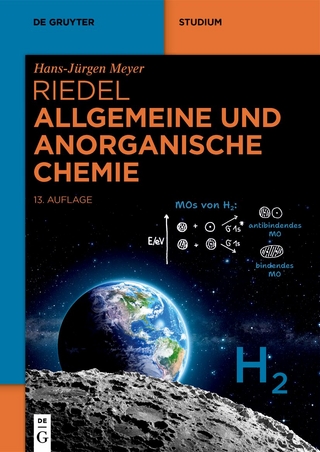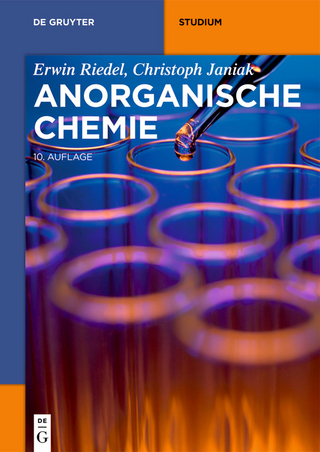
Carbon Alloys
Novel Concepts to Develop Carbon Science and Technology
Seiten
2003
Elsevier Science Ltd (Verlag)
978-0-08-044163-4 (ISBN)
Elsevier Science Ltd (Verlag)
978-0-08-044163-4 (ISBN)
Considers the definition of Carbon Alloys. This book presents the results of the Carbon Alloys projects and describes typical Carbon Alloys and their uses. It discusses techniques for their characterization and illustrates potential applications and future developments for Carbon Alloy science. It contains over thirty chapters on these studies.
In recent years the Japanese have funded a comprehensive study of carbon materials which incorporate other elements including boron, nitrogen and fluorine, hence the title of the project "Carbon Alloys".
Coined in 1992, the phrase "Carbon Alloys" can be applied to those materials mainly composed of carbon materials in multi-component systems. The carbon atoms of each component have a physical and/or chemical interactive relationship with other atoms or compounds. The carbon atoms of the components may have different hybrid bonding orbitals to create quite different carbon components.
Eiichi Yasuda and his team consider the definition of Carbon Alloys, present the results of the Carbon Alloys projects, describe typical Carbon Alloys and their uses, discuss recent techniques for their characterization, and finally, illustrate potential applications and future developments for Carbon Alloy science. The book contains over thirty chapters on these studies from as many researchers.
The most modern of techniques, particularly in the area of spectroscopy, were used as diagnostic tools, and many of these are applicable to pure carbons also. Porosity in carbons received considerable attention.
In recent years the Japanese have funded a comprehensive study of carbon materials which incorporate other elements including boron, nitrogen and fluorine, hence the title of the project "Carbon Alloys".
Coined in 1992, the phrase "Carbon Alloys" can be applied to those materials mainly composed of carbon materials in multi-component systems. The carbon atoms of each component have a physical and/or chemical interactive relationship with other atoms or compounds. The carbon atoms of the components may have different hybrid bonding orbitals to create quite different carbon components.
Eiichi Yasuda and his team consider the definition of Carbon Alloys, present the results of the Carbon Alloys projects, describe typical Carbon Alloys and their uses, discuss recent techniques for their characterization, and finally, illustrate potential applications and future developments for Carbon Alloy science. The book contains over thirty chapters on these studies from as many researchers.
The most modern of techniques, particularly in the area of spectroscopy, were used as diagnostic tools, and many of these are applicable to pure carbons also. Porosity in carbons received considerable attention.
Michio Inagaki, Ph.D. is a famous carbon material scientist, who obtained his PhD degree from Nagoya University in 1963. He has worked on carbon materials for more than 50 years. In 2011, he won the Peter A. Thrower Award for Exceptional Contribution to the International Carbon Community.
Introduction. Space control in carbon alloys. Typical carbon alloys and their processing. The latest characterization techniques. Function developments and application potentials.
| Erscheint lt. Verlag | 5.3.2003 |
|---|---|
| Verlagsort | Oxford |
| Sprache | englisch |
| Maße | 159 x 241 mm |
| Gewicht | 1210 g |
| Themenwelt | Naturwissenschaften ► Chemie ► Anorganische Chemie |
| ISBN-10 | 0-08-044163-7 / 0080441637 |
| ISBN-13 | 978-0-08-044163-4 / 9780080441634 |
| Zustand | Neuware |
| Informationen gemäß Produktsicherheitsverordnung (GPSR) | |
| Haben Sie eine Frage zum Produkt? |
Mehr entdecken
aus dem Bereich
aus dem Bereich


